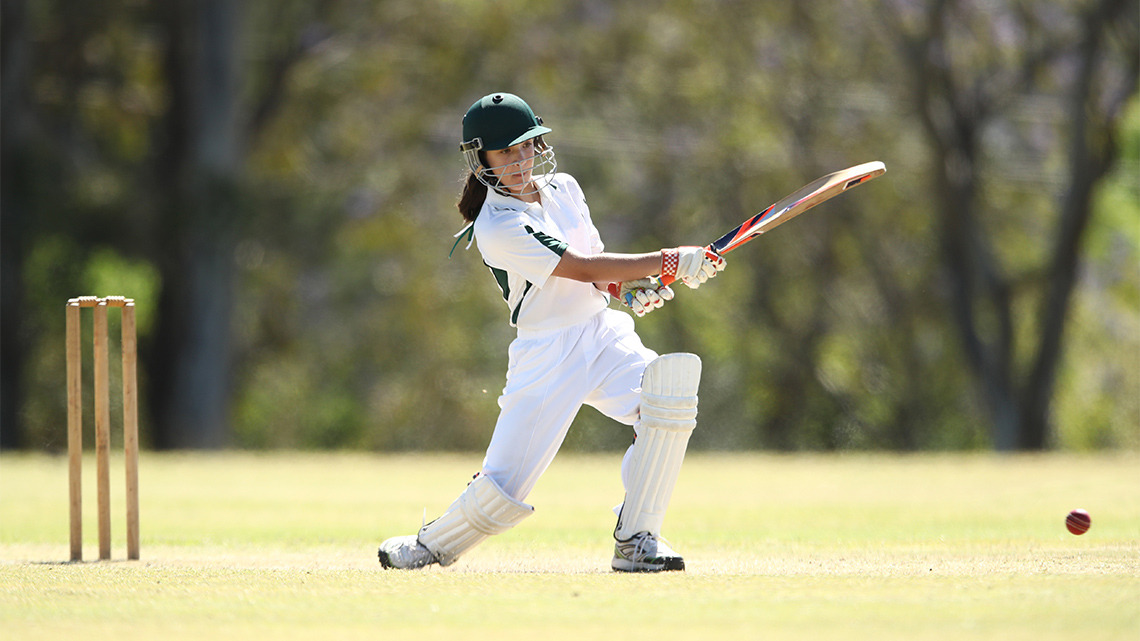Minds On
Being persuasive
Brainstorm
Create persuasive arguments
Which season is your favourite? Which sport do you consider exciting? Are lyrics more important than the music? Are essays and articles more exciting than novels, short stories and scripts?
Choose one of the aforementioned statements or decide on a related statement, and develop three or four supporting points in favour of or against the statement.
Student Success
Think-Pair-Share
If you were going to persuade others to agree with you, what form of media text would you take? Would you create an advertisement? A poster? An audio ad? Why would you choose this form of media text?
Note to teachers: See your teacher guide for collaboration tools, ideas and suggestions.
Action
Exploring jingles and infographics
Brainstorm
Catchy commercials
Think of commercials or ads you know, and reflect on the following questions. Do they use any songs or jingles to help market their products? What is the difference between a song and a jingle? What elements do you notice in commercials? What message is the jingle trying to tell the audience?
Record your ideas using a method of your choice.
Examining infographics
Examine the following infographics.
- What are the conventions of the form?
- How are the two infographics similar, or different?
- What are the messages of the graphs?
- Who might be the producer of the media text, and why have they produced this text?
- How else could the author have presented the information?
- What type of organization can be found within the infographic posters?
- Who might these infographics appeal to?
Present your findings in writing, on the computer, in a T-Chart, a Venn diagram, or an organizational tool of your choosing.
Research
Find examples of infographic posters online, in newspapers, or magazines. Identify the purpose of the posters.
- What messages are the posters communicating?
- To what extent are the infographic posters persuasive?
Record your ideas using speech-to-text software, paper, digital tools, or a note-taking organizer of your choosing.
Alternatively, find examples of jingles. Record the jingles, and create an audio note of your observations.
- What are the messages of the jingles?
- What type of sound effects or music are used?
- What is the mood of each jingle?
- What associations do you make?
- How might different audiences react to these jingles?
- Which jingle is the most memorable and why?
Create a media text
Select one of the following options:
Choice 1: Infographic
Creating an infographic poster requires planning, research, and execution! Here are the steps:
Pick a topic.
What topics are important to you? What are you passionate about? Where can you help to promote positive change?

Decide on a purpose:
- inform your audience
- persuade your audience to act
- compare variables
- reveal relationships between variables
Collect your data.
You can get creative here! Collect research from websites, books, and surveys that would be helpful for supporting your infographic.
Decide on the type of charts that you can use to display your data.
| To compare | bar charts, column charts, bubble charts, pie charts, pictograms |
| To show change | line charts, timelines |
| To organize | lists, tables, flow charts, mind maps, Venn diagrams, pyramids, ranks |
| To show relationships | scatterplots, line graphs |
Make it visual.
- Consider how you are going to make your information stand out. What can you do? Will you use bold text, underlines, colours, different shapes, etc? How can you make the charts stand out? Chart headings need to tell your reader right away what to expect.
- Decide on the information that you want to highlight. What icons will you use? Which icons symbolize your information best?
- Use less than six lines per section. The less wording, the better!
- Decide on a layout. (one, two, or three columns? Organized from top-to-bottom? Or horizontally? four squared sections?
Create your infographic using any method of your choice. You can also create a detailed written or audio description about how you would create your infographic.
Choice 2: Create a jingle
Start with rhythm.
Come up with a rhythm or beat. Clap it out. Tap it out. Repeat it.
Decide on a message.
What is the purpose of your jingle? To inform, persuade, or entertain?
Add a memorable language.
Think of rhymes and wordplay. Alliteration, repetition of sounds and words, will make your jingle stand out. A jingle usually uses shorter words and simple phrases.
Add a melody.
Your melody must be upbeat and fun! Repeating your melody will help your audience to remember it.
Test your market.
Record your jingle using a method of your choice.
Consolidation
Reflection

Pick one of the infographic posters or jingles from your research, and reflect on the conventions used, how the information is organized, and the author’s message. Finally, determine the effectiveness of the media text.
Record your ideas using a method of your choice.
Reflection
As you read the following descriptions, select the one that best describes your current understanding of the learning in this activity. Press the corresponding button once you have made your choice.
I feel...
Now, expand on your ideas by recording your thoughts using a voice recorder, text-to-speech, or writing tool.
When you review your notes on this learning activity later, reflect on whether you would select a different description based on your further review of the material in this learning activity.



